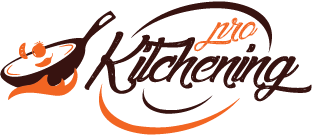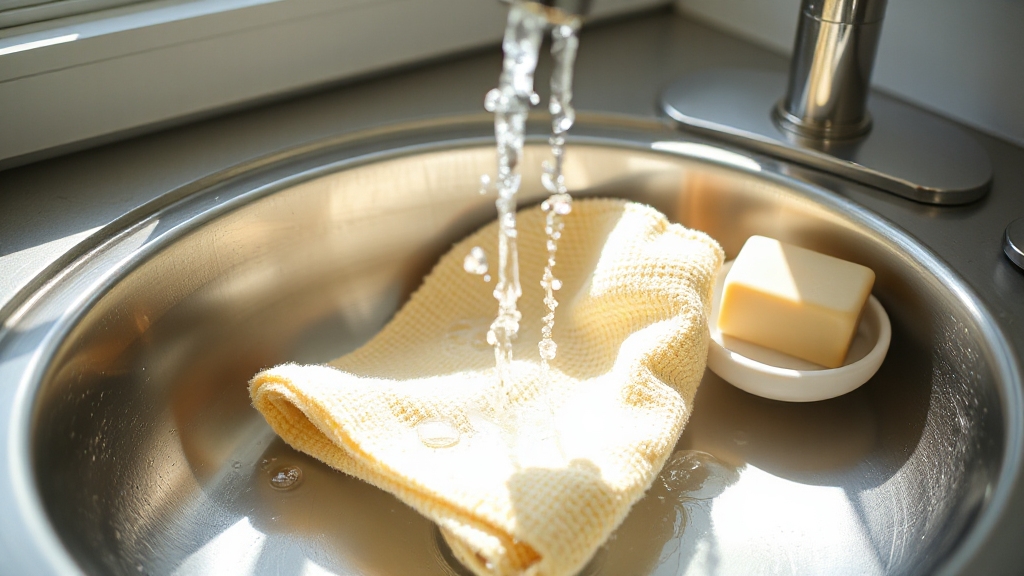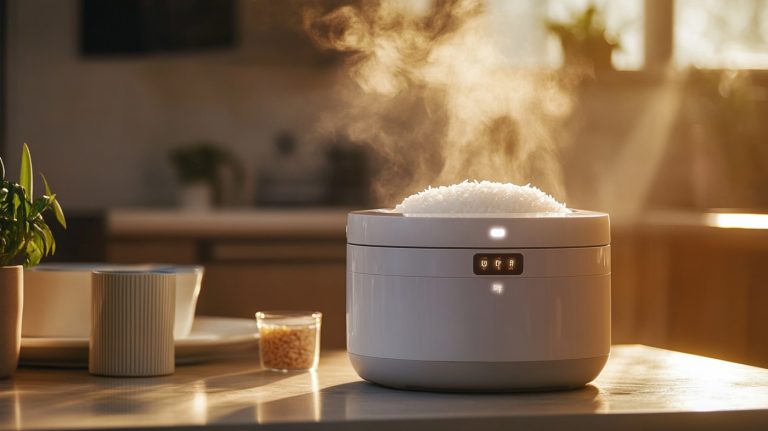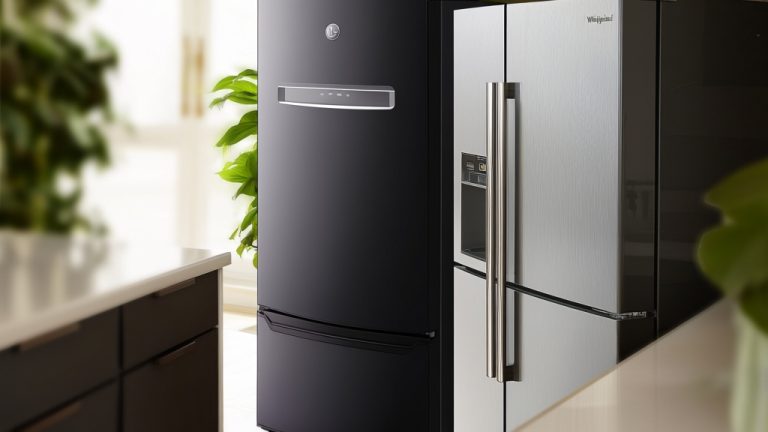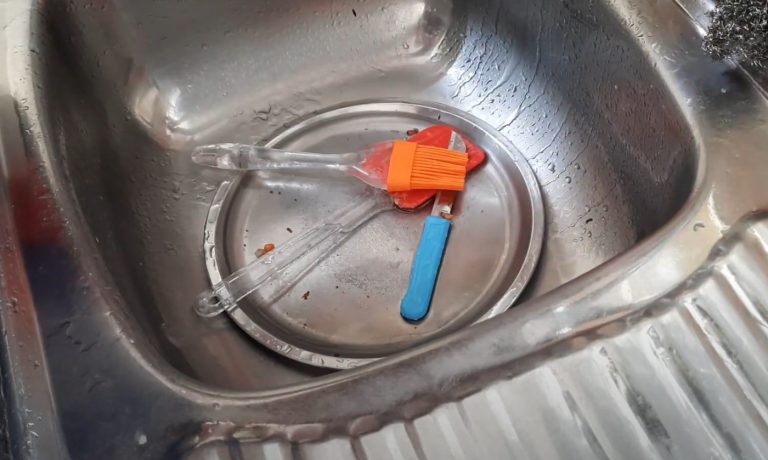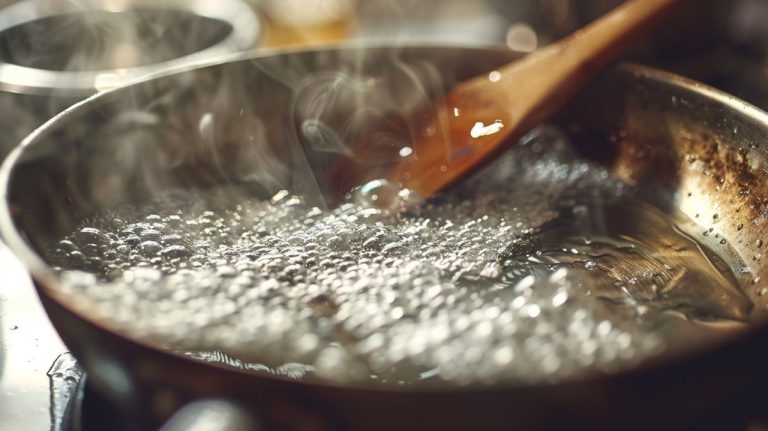How to Wash Swedish Dishcloths: Smart Washing Machine Tips
To wash your Swedish dishcloths, start by rinsing them under cold water to remove debris. You can hand wash with mild soap or machine wash on a gentle cycle inside a mesh bag.
Avoid bleach and fabric softeners, and never overload your washer. After washing, wring out excess water and air dry by hanging or laying flat to prevent mildew.
Proper care keeps them fresh and durable explore more ways to maximize their lifespan and effectiveness.
Key Takeaways
- Rinse Swedish dishcloths under warm water to remove debris before washing.
- Machine wash on a gentle cycle with warm water, avoiding bleach and fabric softeners.
- Sanitize by microwaving a damp cloth for 30 seconds or briefly boiling it.
- Air dry by hanging or laying flat to prevent mildew and fiber damage.
- Store dishcloths dry in a ventilated area and replace when worn out.
Preparing Your Swedish Dishcloth for Washing
Before you wash your Swedish dishcloth, start by removing any packaging or tags if it’s new and give it a thorough rinse under cold water to clear away surface debris.
Remove packaging and rinse your new Swedish dishcloth under cold water to clear away surface debris before washing.
If the cloth is heavily soiled, apply a small amount of mild soap and rinse it thoroughly to loosen grime.
Shake or wring out excess water before placing it in your chosen cleaning method to prevent moisture buildup. Swedish dishcloths are machine and dishwasher-safe for over 200 washes, making them very durable.
Always hang or lay the dishcloth flat to dry completely after use; this stops mildew growth and keeps it fresh for washing.
Before washing, inspect for stains and gently spot clean if needed. Avoid leaving damp cloths folded, and store soiled ones in a dry place to prevent odors and bacteria before laundering.
Choosing the Best Washing Method
Once you’ve prepped your Swedish dishcloth, deciding how to wash it properly will help maintain its absorbency and durability. You can choose between washing machines, dishwashers, hand washing, or even boiling for sanitizing.
Dishwashers offer convenience and high-temperature sanitization, while washing machines effectively remove tough stains and are gentler when using a mesh bag.
Hand washing provides the most delicate care but requires more effort. Boiling is great for eliminating strong odors. Swedish dishcloths can be washed in the dishwasher or washing machine and are reusable for months, making them a cost-effective option.
Consider your routine and priorities: dishwashers save time but use more energy, washing machines balance cleanliness and efficiency, and hand washing extends cloth life.
Regular washing prevents bacteria buildup, reduces waste by extending cloth lifespan, and saves money by avoiding frequent replacements. Pick the method that fits your lifestyle while preserving your cloth’s performance.
Proper Drying Techniques to Maintain Quality
Although Swedish dishcloths dry quickly due to their cellulose and cotton blend, you’ll want to use proper drying techniques to maintain their quality and prevent odors.
Swedish dishcloths dry fast but need proper drying to preserve quality and prevent odors.
Avoid using dryers, as heat can damage the fibers and shorten their lifespan. Instead, air dry your dishcloths by either laying them flat or hanging them over a dish rack.
This helps preserve their shape and prevents musty smells. Their high absorbency means they can hold a lot of moisture, so ensuring thorough drying is essential.
To keep your cloths in top condition, follow these tips:
- Hang with a binder clip or over a hook for good airflow
- Lay flat on a clean surface to avoid wrinkles
- Store in a dry, ventilated area once completely dry
- Avoid leaving cloths folded or damp for extended periods
Tips for Cleaning and Sanitizing Effectively
When you want to keep your Swedish dishcloths clean and hygienic, it’s essential to rinse them thoroughly under warm running water after each use to remove food particles and debris.
Wring out excess water to prevent bacterial growth. For deeper cleaning, machine wash on a gentle cycle with warm water, avoiding bleach. You can also sanitize by microwaving a damp cloth for 30 seconds or boiling it briefly.
Use mild soap to prevent damage and odors. After washing, it’s best to lay the cloths flat or hang them to dry quickly to avoid musty smells.
| Cleaning Method | Key Tip |
|---|---|
| Rinsing | Warm water, wring well |
| Machine Washing | Gentle cycle, no bleach |
| Microwave Sanitizing | Damp cloth, 30 seconds |
| Boiling Water | Submerge briefly, handle carefully |
Common Mistakes to Avoid When Caring for Swedish Dishcloths
Caring for Swedish dishcloths requires attention to detail to maintain their performance and longevity. Avoid common mistakes that can shorten their lifespan or reduce effectiveness.
For instance, don’t use harsh chemicals or fabric softeners, as these damage fibers and lower absorbency. Also, avoid washing them in overloaded machines, which prevents thorough cleaning and can cause damage.
Swedish dishcloths are biodegradable and eco-friendly, making their proper care an environmentally responsible choice. Pay attention to drying practices; never leave cloths damp or in humid areas, as this promotes mildew growth.
Proper storage is essential, too store them dry and inspect regularly for wear to replace worn cloths promptly. Key mistakes to avoid include:
- Using strong detergents or fabric softeners
- Overloading the washing machine
- Leaving cloths damp or drying improperly
- Storing in damp or dirty environments
Frequently Asked Questions
Can Swedish Dishcloths Be Used for Cleaning Surfaces Besides Dishes?
Think of Swedish dishcloths as your cleaning Swiss Army knife they tackle more than just dishes.
You can wipe down granite countertops, polish stainless steel, and even dust bookshelves without missing a beat. They absorb spills like a sponge on steroids and work wonders on bathroom fixtures, wood floors, and windows for a streak-free shine.
How Often Should Swedish Dishcloths Be Replaced?
You should replace your Swedish dishcloth every 6 to 12 months or after about 200 washes. Watch for signs like reduced absorbency, lingering odors, frayed edges, or visible damage.
If you notice any of these, it’s time to get a new one. Proper care like regular washing and air drying can help you extend its lifespan, keeping it effective and hygienic for longer.
Are Swedish Dishcloths Biodegradable or Compostable?
Swedish dishcloths stand out as superbly sustainable, being both biodegradable and compostable. You’ll appreciate that they’re made from 70% wood pulp and 30% cotton, breaking down naturally without leaving toxic traces.
When composted especially cut into smaller pieces they swiftly return nutrients to soil. This means you can confidently compost them at home or commercially, reducing landfill waste and supporting a circular economy while keeping your cleaning eco-friendly and efficient.
Can Swedish Dishcloths Cause Allergies or Skin Irritation?
Swedish dishcloths rarely cause allergies or skin irritation because they’re made from natural cellulose, which is gentle on your skin. You’re less likely to react to them compared to synthetic fabrics or chemically treated clothing.
However, if a dishcloth has added chemicals or dyes, irritation might occur. To stay safe, pick natural, untreated cloths and wash them regularly with mild detergent to reduce any bacteria that could cause irritation.
What Is the Difference Between Swedish Dishcloths and Regular Sponges?
You might think Swedish dishcloths and regular sponges are worlds apart and you’re right!
Swedish dishcloths combine cellulose and cotton, dry lightning-fast, and resist odors like a champ. Regular sponges soak up more liquid but hold onto water and smells longer.
Plus, dishcloths are compostable and eco-friendly, while sponges often aren’t. Both clean well, but if you want durability, quick drying, and less stink, Swedish dishcloths win hands down.
Extend the Life of Your Swedish Dishcloths with Simple Care
Washing your Swedish dishcloths might seem simple, yet overlooking proper care can turn a helpful tool into a breeding ground for bacteria.
By prepping them right, choosing gentle washing methods, and drying thoroughly, you extend their lifespan and maintain hygiene.
While it’s easy to toss them in the wash carelessly, taking deliberate steps guarantees they stay effective and safe. Balancing convenience with careful care keeps your kitchen both clean and eco-friendly.
